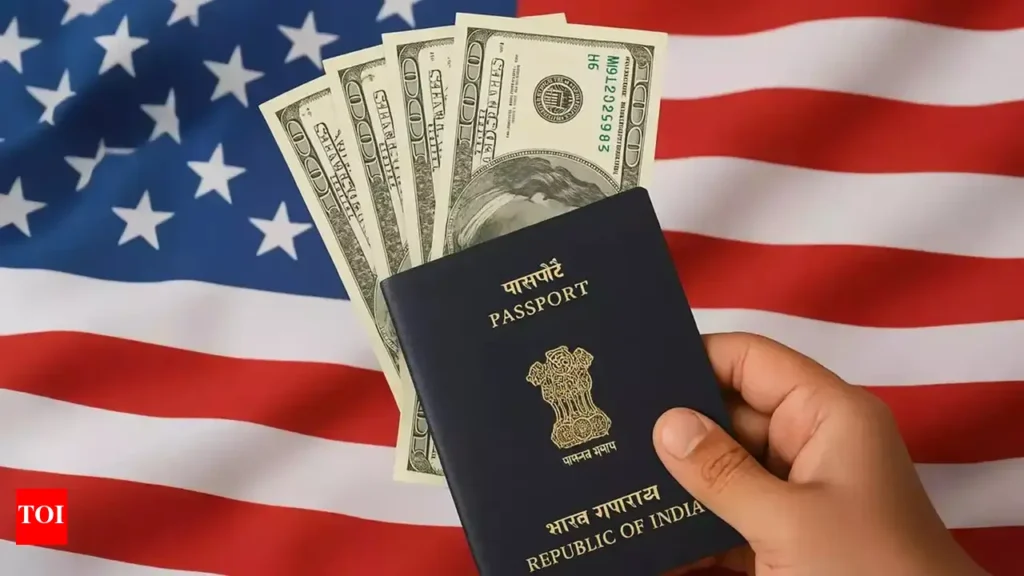
New Fee Hits Non-Immigrant Applicants
From fiscal year 2026, the United States government will levy a mandatory $250 “Visa Integrity Fee” on nearly all non-immigrant visas, covering tourist (B‑1/B‑2), student (F/M), work (H‑1B), and exchange (J) categories, excluding only diplomatic (A/G) visas. The fee stems from the “One Big Beautiful Bill” signed on July 4 and will be collected by the Department of Homeland Security (DHS) upon visa issuance.
Fee Serves as a Compliance “Deposit”
The fee is designed as a form of security deposit to encourage visa holders to follow all terms, such as departing within five days of visa expiration and avoiding unauthorized work. Refunds are possible but not automatic: applicants must provide documentation and proof of compliance before DHS will return the fee. Non-compliance results in the funds being transferred to the US Treasury.
Total Visa Costs Soar for Indians
Currently, a B‑1/B‑2 visa costs $185 (around ₹15,800). With the new fee, plus a $24 I‑94 surcharge, and possibly a $13 ESTA or $30 EVUS fee, the total could reach roughly $472 (₹40,400), a 2.5‑fold increase. Other visa types like F, M, H‑1B, and J will also face substantial cost increases.
Annual Inflation Adjustments Ahead
Starting in fiscal 2026, the $250 fee will be indexed annually to inflation via the Consumer Price Index (CPI), ensuring it increases over time. This makes it a continuing expense, not a one-time spike.
Policy Goals: Clamp Down on Overstays
US officials argue the fee is necessary to deter visa overstays and improper activities, positing that a refundable financial deposit promotes compliance. However, critics say this approach unfairly burdens genuine travellers and may discourage educational and work exchanges, especially from emerging economies.
Wider Travel and Immigration Impacts
This fee is part of a broader legislative overhaul aimed at tightening immigration enforcement, including remittance taxes and stricter vetting processes. For Indian students and professionals, the increase in visa expenses may prompt them to consider alternative destinations like Canada or the UK. Universities and employers reliant on foreign talent may face disruption if applicants are deterred by the steep cost.
Expert View: Heavy Implications Forecast
Observers warn the new structure could diminish US competitiveness in attracting global talent. One immigration law firm stated that “the revised visa processing cost would be 2.5 times more,” and cautioned that it threatens to drive lawful visitors, and especially students, to jurisdictions with more affordable and streamlined visa systems.
Key Deadlines and Advice for Indians
Indian applicants aiming to visit, study, or work in the US are urged to complete visa applications before the fee takes effect. Applying in fiscal 2025 could save approximately ₹20,000, with the new charges fully active from fiscal 2026 onward.
This fee hike marks a major shift in US visa pricing and approach, turning routine travel, education, and professional exchanges into significant financial decisions. While aimed at improving compliance, it also raises concerns about access, opportunity, and the US’s global standing in talent and cultural exchange.


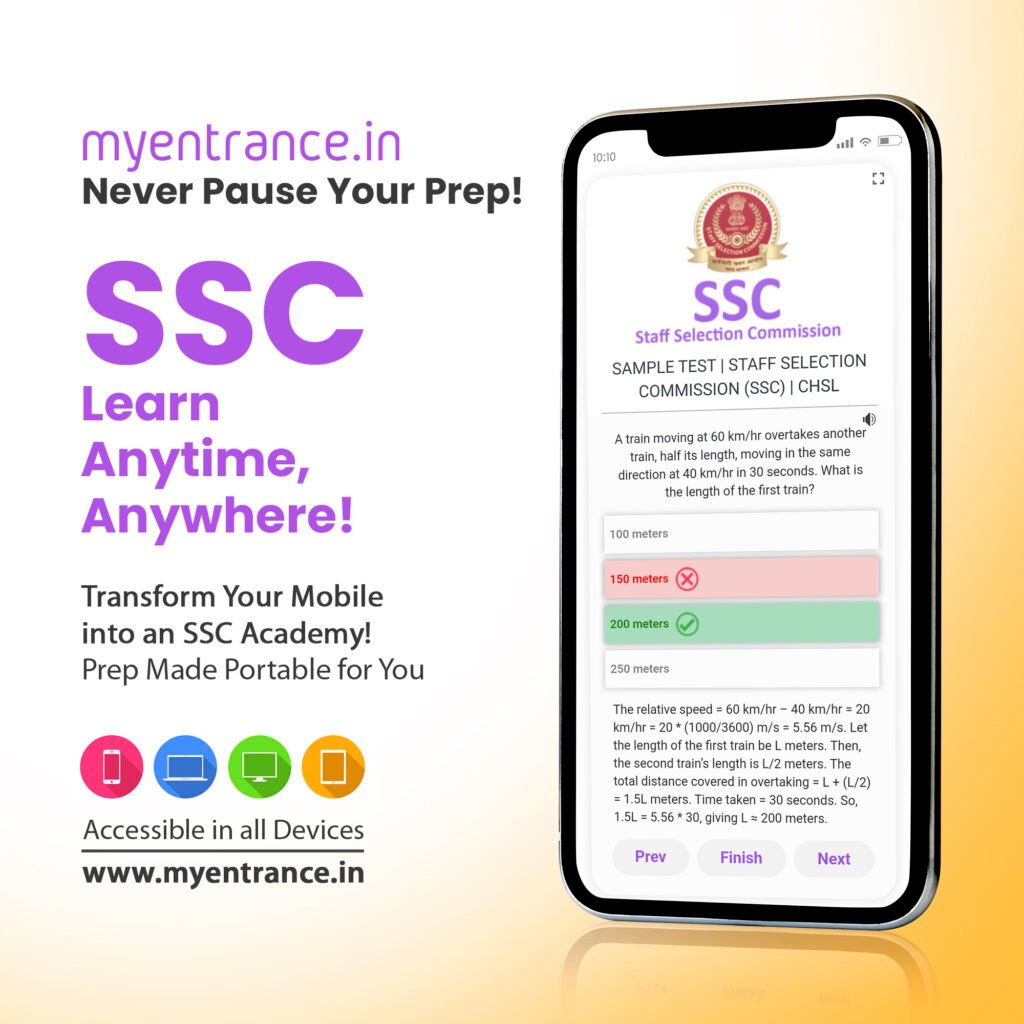













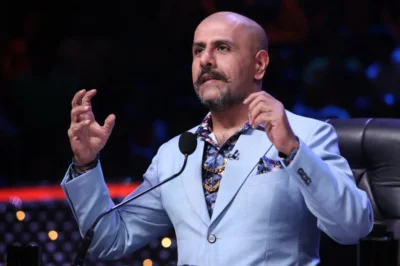





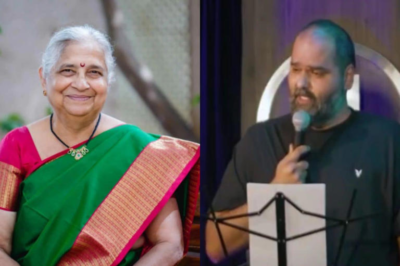



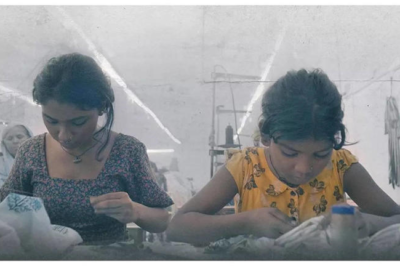



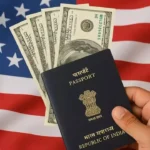

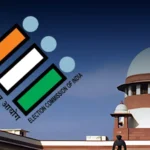



Leave a Reply